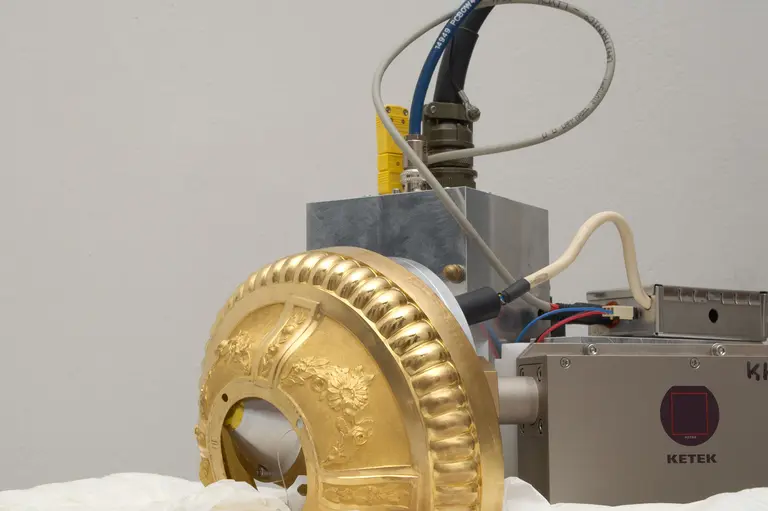Due to a close co-operation of the Conservation Science Department and the restoration departments of the museum specific concepts for the restoration and prevention of objects for future generations can be developed for single objects or groups of objects. In addition, the Conservation Science Department acts as a contact point for performing external analyses in co-operation with Austrian and international research institutes.
Results from the investigations are presented at Austrian and international scientific meetings and are published in different kinds of journals, e.g. also in the KHM’s own series called „Technologischen Studien“.
The Conservation Science Department mainly deals with requests from the KHM, WMW and TM. Depending on the availability of resources investigations for external customers, e.g. other museums and collections or free-lanced restorers, can also be performed when paid for by the customer. Expertises concerning the authenticity of objects or their dating are generally not done.
